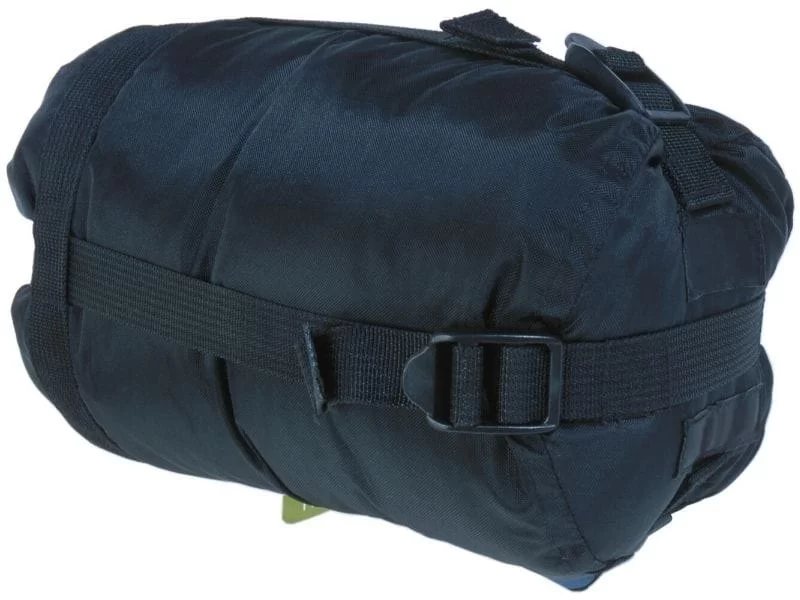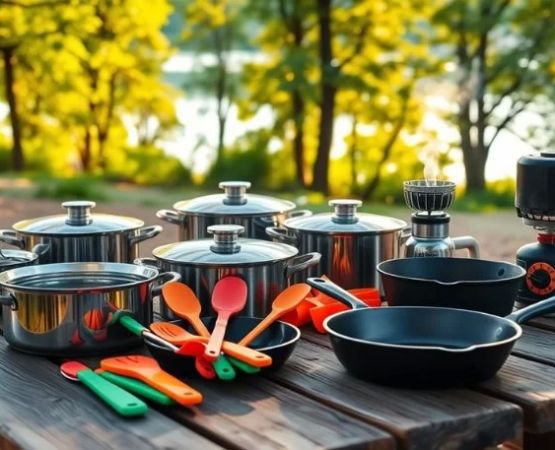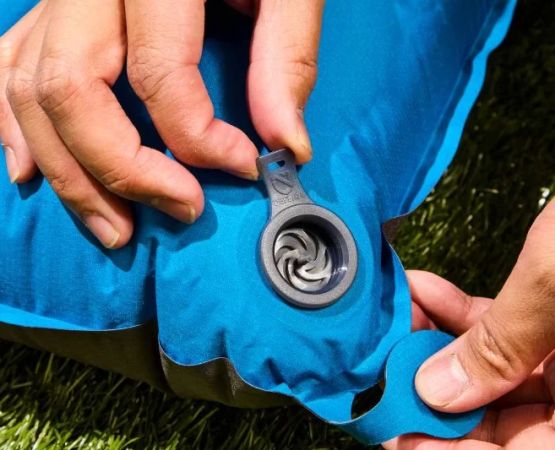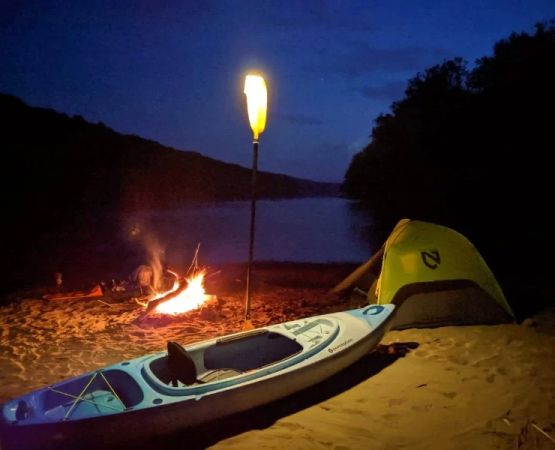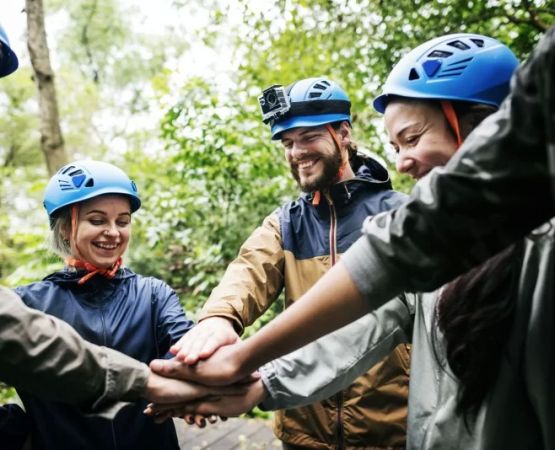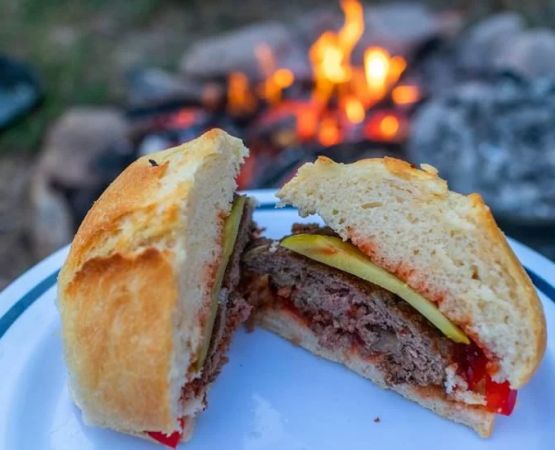- why-a-sleeping-bag-compression-sack-matters
- understanding-different-types-of-compression-sacks
- key-factors-when-choosing-a-sleeping-bag-compression-sack
- real-camping-scenarios-choosing-the-wrong-sack
- compression-sack-materials-and-weather-considerations
- finding-your-ideal-gear-setup
1. Why a Sleeping Bag Compression Sack Matters
It’s easy to overlook your sleeping bag’s compression sack when prepping for a camping trip. But seasoned backpackers and hikers know that a high-quality compression sack can make a huge difference. It minimizes bulk, protects your gear from moisture, and helps you pack faster and smarter. Whether you’re a weekend warrior or planning a thru-hike, selecting the right sleeping bag compression sack is crucial for efficient gear management and comfort on the trail.
2. Understanding Different Types of Compression Sacks
There’s no one-size-fits-all solution. The right compression sack depends on your activity and bag type. There are ultralight sacks for minimalist hikers, waterproof sacks for wet climates, and hybrid designs that offer both protection and compression. The most common designs use straps to squeeze air out of your gear, significantly reducing volume. Some models even include roll-top closures and valve systems for maximum efficiency.
During a gear review at a Pine Cliff Resort retreat, campers compared three types of compression sacks in real-time. The group unanimously agreed that sacks with vertical strap tension and waterproofing outperformed others in both durability and efficiency.
3. Key Factors When Choosing a Sleeping Bag Compression Sack
To choose the best compression sack for your sleeping bag, you should consider the following:
Size and Capacity: Know your sleeping bag’s packed volume. An oversized sack wastes space, while an undersized one strains zippers and seams.
Material: Look for high-denier nylon or polyester with ripstop reinforcement. These are strong, water-resistant, and lightweight.
Weight: Every ounce counts on a backpacking trip. Many brands now offer ultralight compression sacks under 100g without sacrificing performance.
Compression System: Multi-strap systems work better than single-pull cords. Adjustable straps distribute pressure more evenly across the sack.
Waterproofing: If you're venturing into humid or rainy regions, get a sack with a waterproof lining or dry-bag hybrid model.
4. Real Camping Scenarios: Choosing the Wrong Sack
In 2022, a popular hiker’s Reddit thread blew up after one user shared how their bargain-brand compression sack tore mid-hike in Olympic National Park. It left their down sleeping bag exposed to heavy rain, rendering it useless by nightfall. Hundreds chimed in with similar stories of soggy disasters caused by poor gear choices.
This underscores why knowing how to choose the right sleeping bag compression sack is more than just a gear preference—it’s a safeguard against ruined trips and miserable nights outdoors.
5. Compression Sack Materials and Weather Considerations
High-altitude or alpine adventures demand more robust gear. Look for materials treated with silicone or polyurethane coatings for extra protection. Seam-taped compression sacks are ideal for snow campers and paddle trekkers.
Those heading to desert environments may prioritize breathability and sand-resistant closures. Your camping environment should heavily influence your final choice.
It’s also smart to test your gear before departure. Practice compressing and packing your sleeping bag to ensure your sack can handle repeated use without tearing or losing elasticity.
6. Finding Your Ideal Gear Setup
Choosing the right sleeping bag compression sack depends on more than technical specs—it’s also about personal style and real-life usage. Are you packing light for solo missions, or planning a family camping weekend? Do you value weather resistance or minimal weight above all?
Many adventurers discover their best-fitting gear setup through trial, error, and user feedback. That’s why we recommend visiting Pine Cliff Resort to explore curated options tailored to your travel style. Their expert recommendations and gear selection help ensure your next trip is smooth, dry, and compact.
Remember: the best sleeping bag compression sack isn’t necessarily the priciest. It’s the one that fits your bag, protects your gear, and keeps you ready for whatever nature throws your way.

